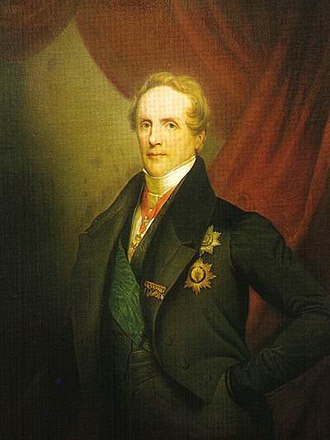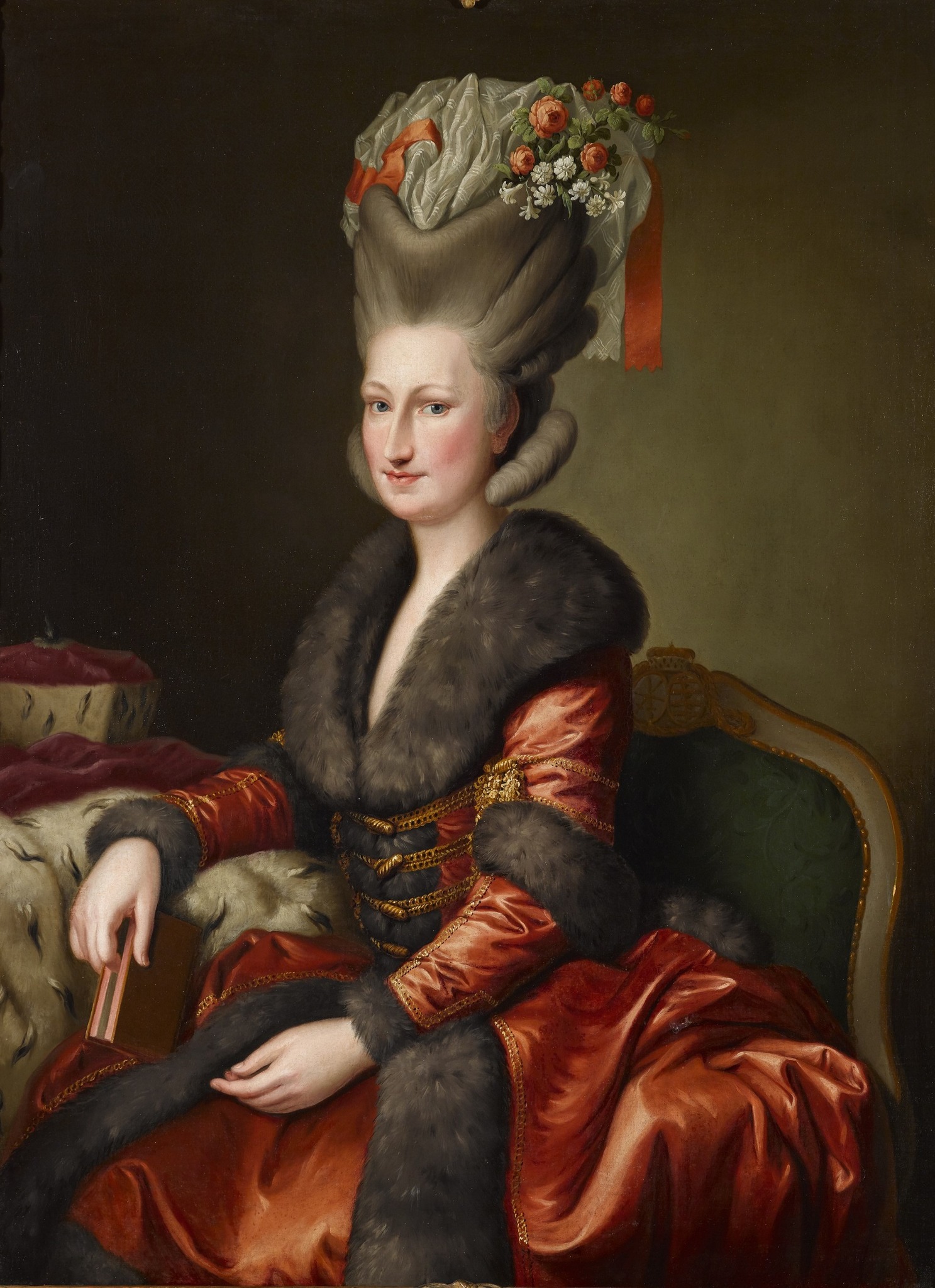by Scott Mehl © Unofficial Royalty 2017
Kingdom of Saxony: The rulers of the Electorate of Saxony of the House of Wettin had held the title of Elector for several centuries. Friedrich August III, Elector of Saxony was not involved in the establishment of the Confederation of the Rhine, which brought about the end of the Holy Roman Empire. Staying out of the politics, he was drawn in when Napoleon advanced into German territory, siding with Prussia. The Saxony forces suffered significant losses and Friedrich August soon surrendered. He was forced to join the Confederation of the Rhine and had to cede territory to the Kingdom of Westphalia. However, the trade-off was Saxony’s elevation to a kingdom. So on December 20, 1806, Friedrich August became King Friedrich August I of Saxony. On November 13, 1918, the last King of Saxony, Friedrich August III formally abdicated the Saxony throne, bringing about the end of the monarchy. Today, the land that was once the Kingdom of Saxony is located in the German state of Saxony, in the east of Germany, bordering Poland and the Czech Republic.
********************

source: Wikipedia
Johann, King of Saxony
King Johann of Saxony reigned from 1854 until 1873. He was born in Dresden, Electorate of Saxony, now in Saxony, Germany on December 12, 1801, the third son and fifth child of Prince Maximilian of Saxony and Princess Caroline of Parma. He was given the names Johann Nepomuk Maria Joseph Anton Vincenz Aloys Franz de Paula Stanislaus Bernhard Paul Felix Damasus. Johann had five siblings:
- Princess Amalia of Saxony (1794-1870) – unmarried
- Princess Maria Ferdinanda of Saxony (1796-1865) – married Ferdinando III, Grand Duke of Tuscany, no issue
- King Friedrich August II (1797-1854) – married (1) Archduchess Maria Karoline of Austria, no issue; (2) Princess Maria Anna of Bavaria, no issue
- Prince Klemens of Saxony (1798-1822) – unmarried
- Princess Maria Anna of Saxony (1798-1832) – married Leopoldo II, Grand Duke of Tuscany, had issue
- Princess Josepha of Saxony (1803-1829) – married King Ferdinand VII of Spain, no issue
Initially, Johann was far enough down the line of succession that there seemed little chance he would ever inherit the throne. However, by the time his brother became King Friedrich August II in 1836, Johann was his heir presumptive. He received an education intended to prepare him for his possible future role, and took an active part in the government, even serving in the First Chamber of the Saxon Parliament after the new Constitution was passed in 1831.

Amalie Auguste of Bavaria; Credit – Wikipedia
Johann married Princess Amalie Auguste of Bavaria in Dresden, Kingdom of Saxony on November 21, 1822. She was the daughter of King Maximilian I Joseph of Bavaria and Princess Karoline of Baden. The couple had nine children:
- Princess Marie Auguste (1827-1857) – unmarried
- King Albert of Saxony (1828-1902) – married Princess Carola of Vasa, no issue
- Princess Maria Elisabeth (1830-1912) – married (1) Prince Ferdinando of Savoy, Duke of Genoa, had issue; (2) Niccolò, Marchese Rapallo, no issue
- Prince Friedrich August (1831-1847) – unmarried
- King Georg of Saxony (1832-1904) – married Infanta Maria Ana of Portugal, had issue
- Princess Maria Sidonia (1834-1862) – unmarried
- Princess Anna (1836-1859) – married Ferdinando IV, Grand Duke of Tuscany, had issue
- Princess Margaretha (1840-1858) – married Archduke Carl Ludwig of Austria, no issue
- Princess Sophie (1845-1867) – married Karl-Theodor, Duke in Bavaria, had issue
Johann became King of Saxony upon his brother’s death on August 9, 1854. His reign saw much progress within Saxony, including the extension of the railroad network, the introduction of free trade – including a commercial treaty with France – and the establishment of the Judiciary Organization. Under King Johann’s oversight, Saxony became one of the most modern and progressive of the German states.
In 1866, Johann aligned Saxony with Austria and fought alongside them in the Austro-Prussian War. After being defeated, Saxony joined the North German Confederation, and later the German Empire in 1871.
Johann was an avid student of literature, and under a pseudonym, published numerous translations into German, including Dante’s Divine Comedy.
King Johann died at Pillnitz Castle in Dresden, Kingdom of Saxony, now in Saxony, Germany on October 29, 1873. He is buried in the Wettin Crypt at the Dresden Cathedral, formerly known as the Katholische Hofkirche (Catholic Church of the Royal Court of Saxony).
This article is the intellectual property of Unofficial Royalty and is NOT TO BE COPIED, EDITED, OR POSTED IN ANY FORM ON ANOTHER WEBSITE under any circumstances. It is permissible to use a link that directs to Unofficial Royalty.
Saxony Resources at Unofficial Royalty



















